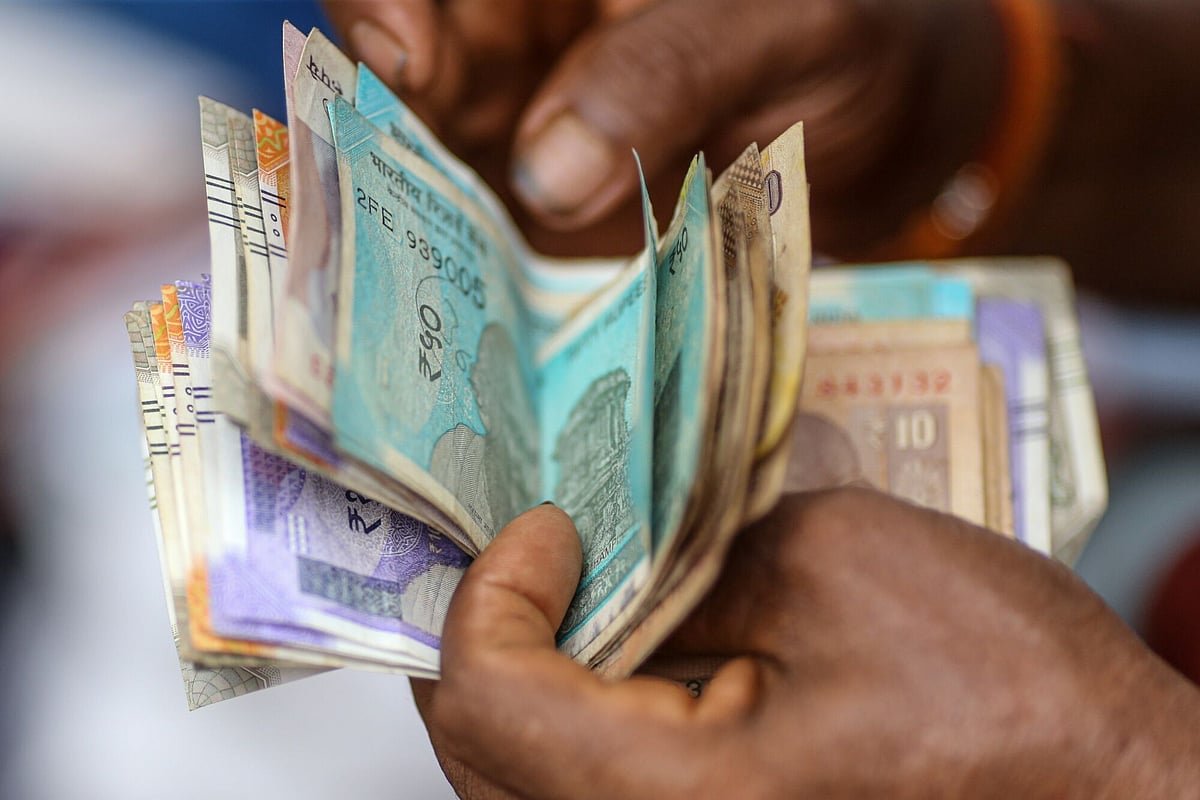The Indian rupee came under significant pressure last week, hitting an all-time low on Friday due to substantial foreign fund outflows from Indian equities. This outflow was largely triggered by the government’s recent decision to increase capital gains tax on equity investments.
In the Union Budget, the long-term capital gains tax was raised to 12.5% and the short-term capital gains tax to 20%. Experts believe these changes have dampened foreign portfolio investors’ (FPI) sentiment.
Get Quick Cash in Minutes!
Best Personal Loan at Lowest Interest Rates
Instant Apply
Additionally, the budget lowered the basic customs duty on gold, silver, and platinum. This reduction is expected to decrease domestic prices and potentially boost demand, which in turn may increase imports and further pressure the rupee.
On Friday, the rupee hit an all-time low of 83.72 against the dollar, nearing the 84 mark. Traders anticipate that the rupee could weaken further, potentially reaching new record lows this week. However, this decline is expected to be gradual due to ongoing interventions by the Reserve Bank of India (RBI) aimed at supporting the currency.
The RBI’s possible interventions, bolstered by record-high foreign exchange reserves, may limit the rupee’s downward movement. As of the week ending July 19, India’s foreign exchange reserves increased by USD 4.19 billion, reaching a historic peak of USD 670.857 billion, according to RBI data released on Friday.
These reserves have been climbing intermittently, with a cumulative increase of approximately USD 45–50 billion so far in 2024. This cushion of foreign exchange reserves helps shield the domestic economy from global economic fluctuations.
Recent RBI data also indicates that India’s foreign currency assets (FCA), the largest component of the forex reserves, rose by USD 2.578 billion to USD 588.048 billion.
This week, attention will be centered on central bank policy decisions, particularly the Federal Reserve’s announcement scheduled for Wednesday. Recent data showed a modest rise in U.S. prices for June, easing concerns over a potential surge in inflation.
The personal consumption expenditures (PCE) price index increased by 0.1% last month, following no change in May. Meanwhile, the core PCE price index rose by 0.2% in June, building on a 0.1% gain in May.
“Market participants are focused on the PCE Price Index, with significant attention on the upcoming FED policy meeting on July 31. Anticipation of an interest rate cut in the September policy could add pressure on the dollar, especially if hints are given during the July end policy. The rupee is expected to continue its sideways range between 83.60 and 83.80,” said Jateen Trivedi, VP Research Analyst, Commodity and Currency, LKP Securities.
Earlier data indicated that the U.S. economy grew at a faster-than-expected rate of 2.8% in the second quarter of the current calendar year, driven by increased consumer demand, though this growth was slightly below the 3.1% average from 2021 to 2023.
While investors do not anticipate any immediate rate changes from the Fed on Wednesday, they will closely scrutinise Chair Jerome Powell’s comments. Additionally, this week will feature the U.S. jobs report for July, key surveys on U.S. and global manufacturing, and updates on Eurozone GDP and inflation.
Disclaimer: The views and recommendations given in this article are those of individual analysts. These do not represent the views of Mint. We advise investors to check with certified experts before taking any investment decisions.







